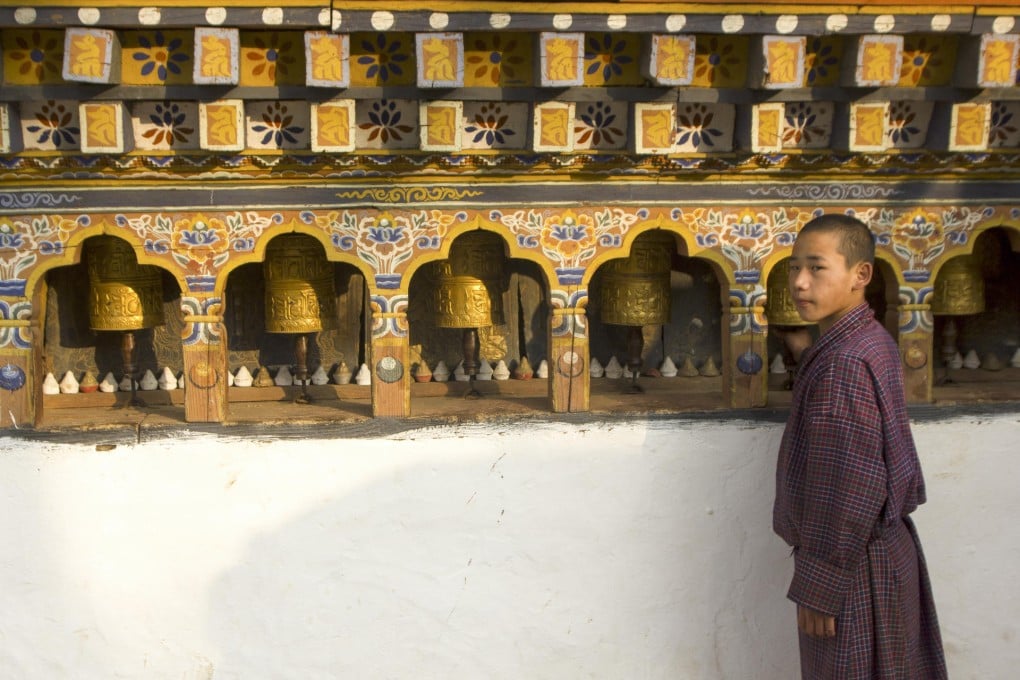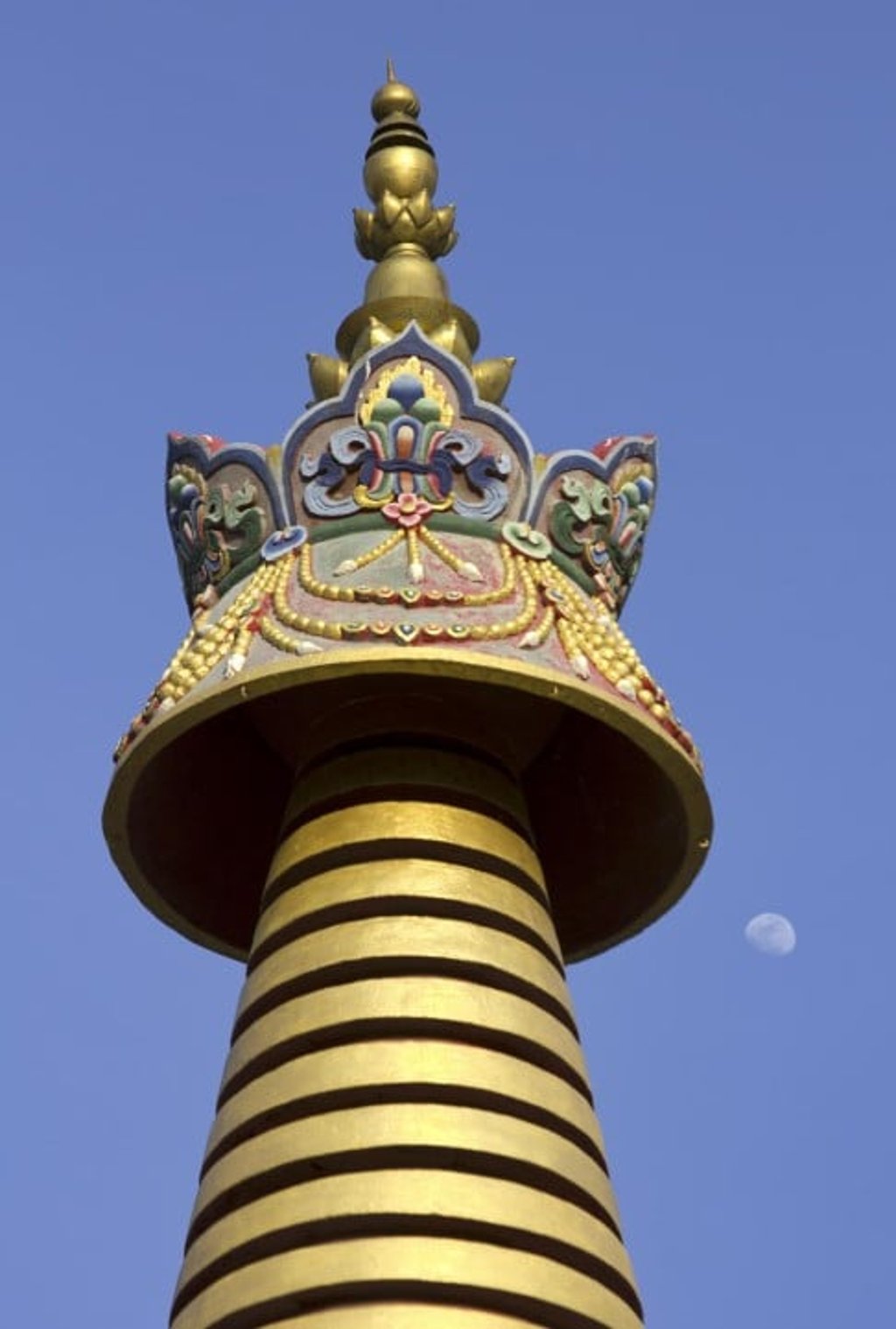Privates on parade: Bhutan’s frisky deity
Bhutan's Punakha Valley is dotted with references to the Divine Madman and his weapon of mass seduction. Words and pictures by Keith Mundy

To discover a new hero is always a good thing; to find one in a remote Himalayan valley is even better.
His spirit first touched me on a misty mountain pass at Dochula, the 3,140-metre crest where you stop climbing through blue pine forests and come upon a clump of chortens spread over a hillock. A chorten is a Bhutanese Buddhist stupa, square and whitewashed. At this pass, Bhutan's queen erected 108 of them, an auspicious number, to atone for the loss of life in a military operation in 2003.
This impressive memorial no doubt disturbs the local demons, a great horde of which are believed to hang around at this strategic point. Here, where the Thimphu Valley, home and namesake of Bhutan's capital, passes into the Punakha Valley, where the capital was located until 1961, there once lived a cannibal demoness. Until, that is, Drukpa Kunley, the Divine Madman, subdued her and her demonic companions back in the 15th century.

"He used his flaming thunderbolt of wisdom," says Tshitim "Tim" Jamtsho, my guide. While that sounds impressive it's only later, that I learn the exact nature of this mystic tool.
As our SUV switchbacks down the mountain road, the high-altitude pines, oaks and maples give way to alders, cypresses and the beginnings of spring's great rhododendron flowering. As we reach the valley floor, at about 1,300 metres above sea level, bamboo and cacti appear, and a sculpted landscape of rice terraces lies before us, dry and brown in winter.